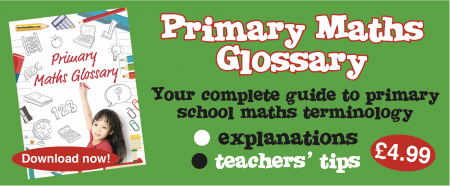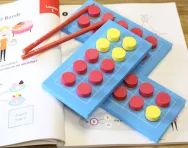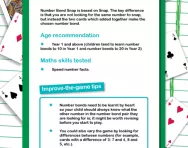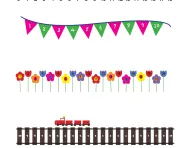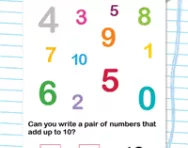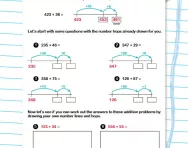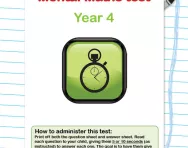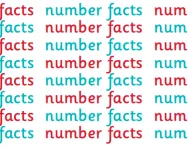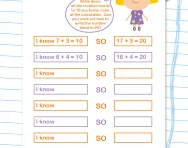Important update from TheSchoolRun
For the past 13 years, TheSchoolRun has been run by a small team of mums working from home, dedicated to providing quality educational resources to primary school parents. Unfortunately, rising supplier costs and falling revenue have made it impossible for us to continue operating, and we’ve had to make the difficult decision to close. The good news: We’ve arranged for another educational provider to take over many of our resources. These will be hosted on a new portal, where the content will be updated and expanded to support your child’s learning.
What this means for subscribers:
- Your subscription is still active, and for now, you can keep using the website as normal — just log in with your usual details to access all our articles and resources*.
- In a few months, all resources will move to the new portal. You’ll continue to have access there until your subscription ends. We’ll send you full details nearer the time.
- As a thank you for your support, we’ll also be sending you 16 primary school eBooks (worth £108.84) to download and keep.
A few changes to be aware of:
- The Learning Journey weekly email has ended, but your child’s plan will still be updated on your dashboard each Monday. Just log in to see the recommended worksheets.
- The 11+ weekly emails have now ended. We sent you all the remaining emails in the series at the end of March — please check your inbox (and spam folder) if you haven’t seen them. You can also follow the full programme here: 11+ Learning Journey.
If you have any questions, please contact us at [email protected]. Thank you for being part of our journey it’s been a privilege to support your family’s learning.
*If you need to reset your password, it will still work as usual. Please check your spam folder if the reset email doesn’t appear in your inbox.
What is bridging through 10?
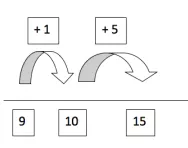
What is bridging through 10?
The bridging through 10 mental maths strategy can also be used to add a one-digit number to a two-digit number, for example:
Here, we take 2 from the 4 to take the 28 up to 30, then add the other 2 to get the answer, 32:
This method relies on children knowing their number bonds to 10, therefore it is important that a teacher is confident that the whole class know their number bonds to ten off-by-heart before teaching this method. Children also need to be able to mentally add a number ending in 0 and a single-digit number (that is, they need to know, for example, that 10 + 6 = 16 and work this out without having to use their fingers).
The point of teaching the bridging through 10 method is that it will help children to add numbers mentally. It is quite possible that you (the adult) already use this method without having been taught it,because it is a quick and efficient way of adding numbers without having to count on your fingers!
Teachers will most likely teach the bridging through 10 method by giving a demonstration on the board, and then by giving the children a worksheet with number lines already drawn for them on which to work out their sums.
When are children taught the bridging through 10 method?
It is possible this method would be taught in Year 2, but it is more likely to be taught in Year 3. The method is not compulsory under the 2014 curriculum, but teachers often teach it to help children speed up their mental maths skills.
Bridging through 10 (or 100, or 1000) can also be used for larger numbers, for example:
Now we have to bridge through 100:
If your child finds the bridging through 10 method useful when they're adding, practise together to help them build confidence and speed.


